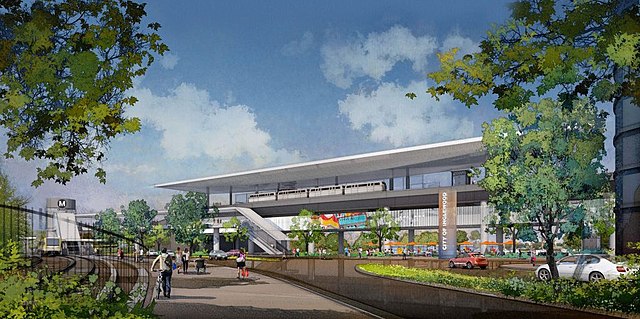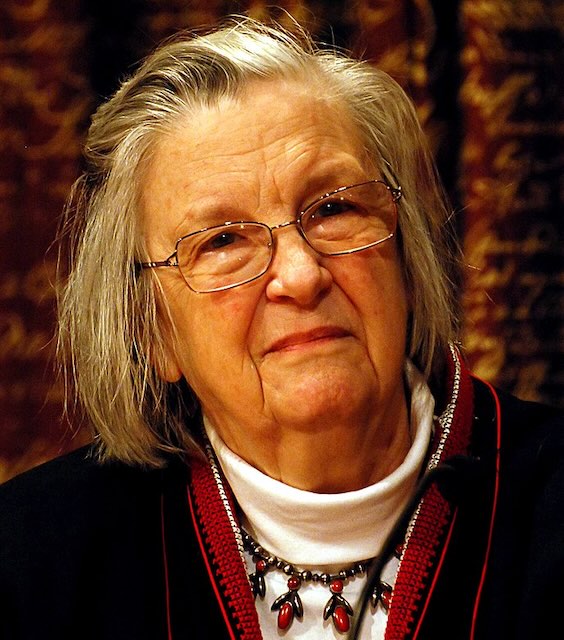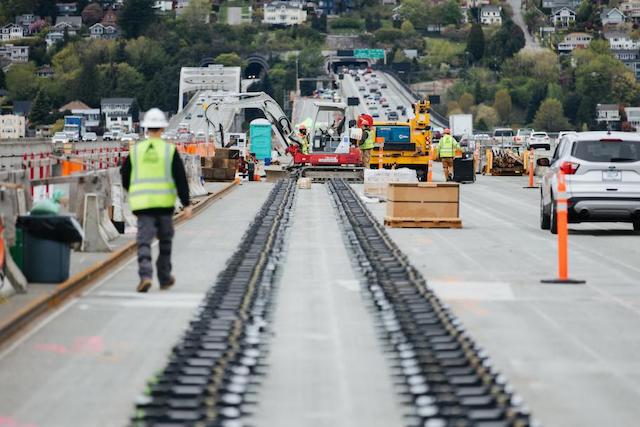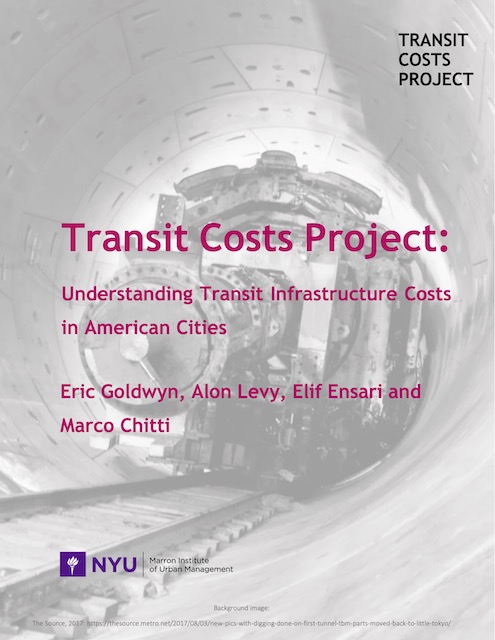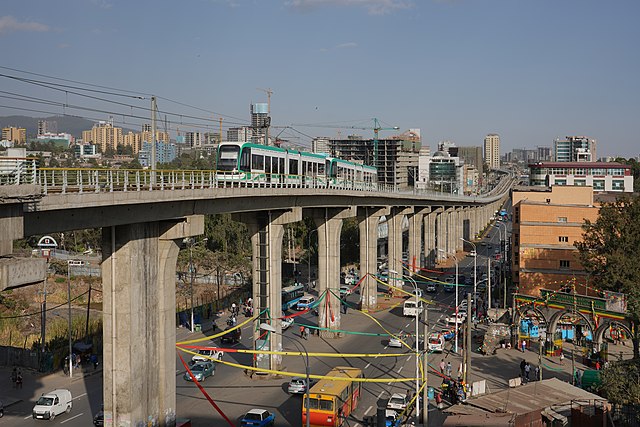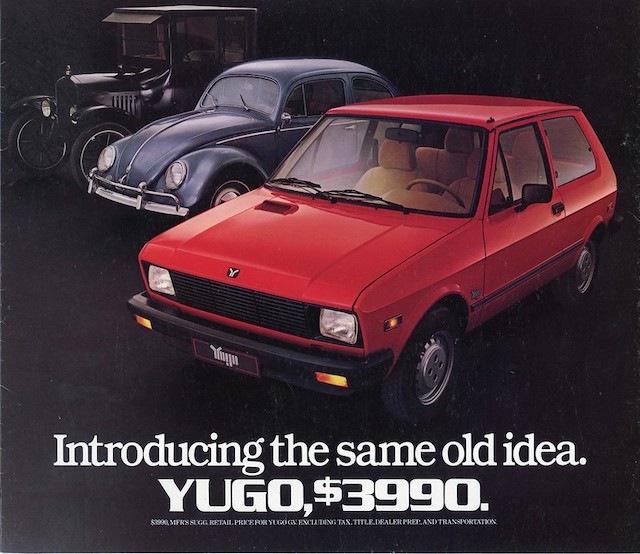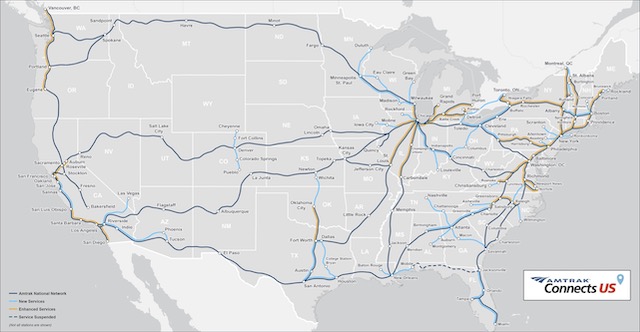As co-leaders of a “Department of Government Efficiency,” Elon Musk and Vivek Ramaswamy are tasked by President-elect Trump with finding ways to “dismantle Government Bureaucracy, slash excess regulations, cut wasteful expenditures, and restructure Federal Agencies.” Judging from recent tweets from Musk and others, this effort will be all about finding and cutting government waste.
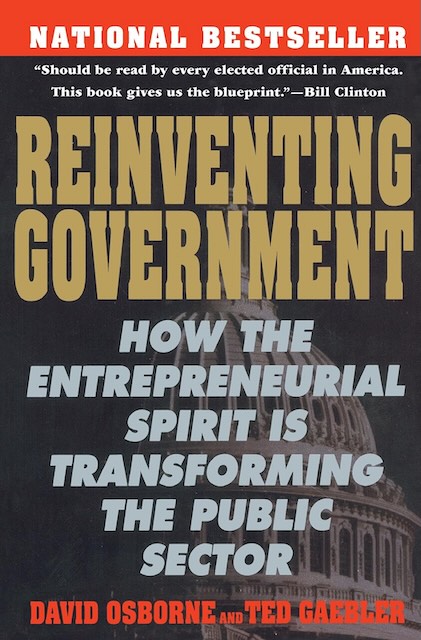
We’ve been down this road before and it leads to a dead end. Back in 1993, less than two weeks after Bill Clinton took office, Penguin books released Reinventing Government, a book that promised to “transform the public sector.” Clinton was so enamored with the ideas in the book that he quickly created a National Partnership for Reinventing Government whose goal was to make a government that “that works better and costs less.” Clinton placed his vice-president, Al Gore, in charge of the “partnership.” Continue reading

